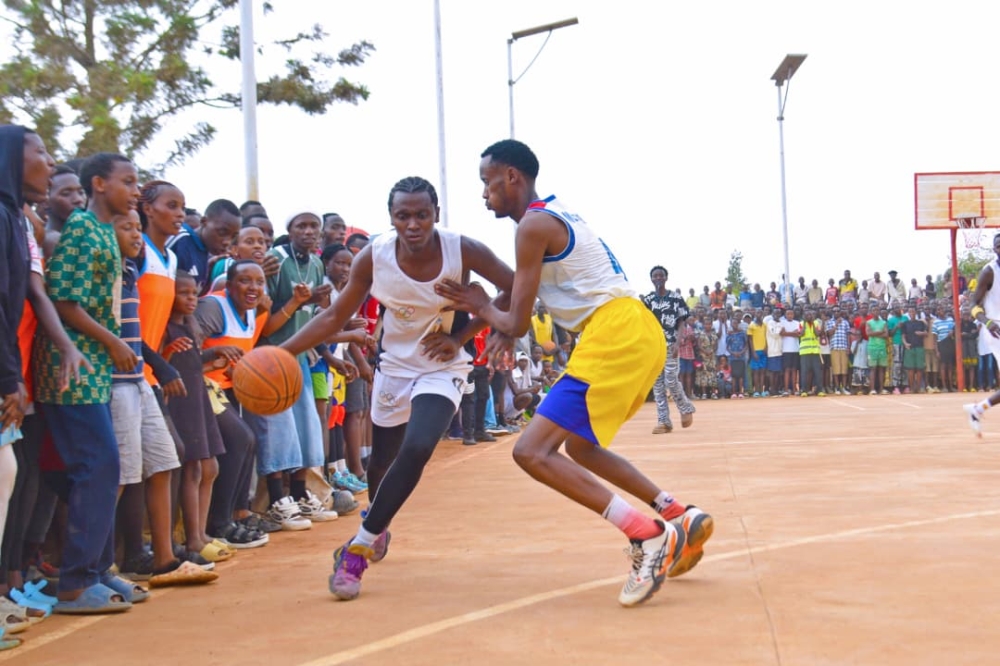Having watched the ‘Kony 2012’ video early last week, I was one of many who were touched by the twenty-seven minute documentary. I was also inspired to hit the ‘retweet’ and ‘share’ buttons on Twitter and Facebook as many times as possible to as many people as possible; contributing to creating global awareness on this particular issue.


Having watched the ‘Kony 2012’ video early last week, I was one of many who were touched by the twenty-seven minute documentary. I was also inspired to hit the ‘retweet’ and ‘share’ buttons on Twitter and Facebook as many times as possible to as many people as possible; contributing to creating global awareness on this particular issue. That is, until I watched the viral video a few more times, and started paying attention to the sharp criticism it was getting.Joseph Kony, leader of the Lord’s Resistance Army (LRA) has for over two decades established a reign of terror in Northern Uganda, where the Acholi and Lango people have suffered the most. Up until 2006 when he fled across South Sudan, the Central African Republic and into the Democratic Republic of Congo following indictment for war crimes by the ICC, this man was responsible for the child abductions of over 30, 000 children in Uganda – boys as child soldiers and girls as sexual chattel for Kony and his commanders. Said to be possessed by various spirits (of particular interest is the spirit called ‘Who Are You’), Kony’s indiscriminate violence has spilled over into the region, with reports early this year of massacres in the DRC by the LRA. His reason for existence was to fight the Museveni government, but over the last twenty years, this clearly spiraled into an orgy of abduction, rape, mutilation and the suffering of not only his own people, but hapless victim in Sudan, CAR and now DRC.By all accounts, this evil brigand has to be stopped. That is why there was a collective sigh of relief that the KONY 2012 video produced by the NGO Invisible Children (IC) has been watched over 70 million times, thus bringing to attention the existence of this evil man, and the atrocities committed in his name for the last 26 years. This is what IC sets out to do through the KONY 2012 video – create awareness of Kony and the LRA, and "channel energy from viewers of IC films into large-scale advocacy campaigns to stop the LRA and protect civilians.”Or does it?There have been many criticisms leveraged at IC and its KONY 2012 video. For me, it was the fact that the video presented the issue as if it were happening today – right now. No mention was there of the transformative grassroot change that has been taking place in Northern Uganda, effected by none other than Ugandans themselves. In so doing, the video limits potential discourse on areas such as growth and development in post-conflict Northern Uganda, and creative ideas on how local and international NGOs can contribute in such a transition from conflict to development. Kony needs to be brought to justice. But to present Gulu today as it were in the video, with hundreds of terrified children sleeping in abandoned buildings for fear of abduction, negates stories of transformation and innovation of people rebuilding their lives and communities. Could this have been avoided if IC had featured people from Northern Uganda talking on the state of affairs today? Possibly. Would this have led to a more intelligent advocacy narrative, with potential for more impactful and tangible programs? Possibly.I believe the work IC is doing is great in creating awareness to millions around the world who were clueless before, to the untold suffering brought about by Kony and the LRA. Nonetheless, this should not stop them from providing a more respectful campaign, with all the resources – financial and human – that they have garnered over the years. A less paternalistic and simplistic campaign, one which is more nuanced with the complexities of Kony’s war in Northern Uganda, the child-soldiers who today form majority of the LRA and the need to include communities which they talk of, in its narrative. Audiences around the world deserve that.




